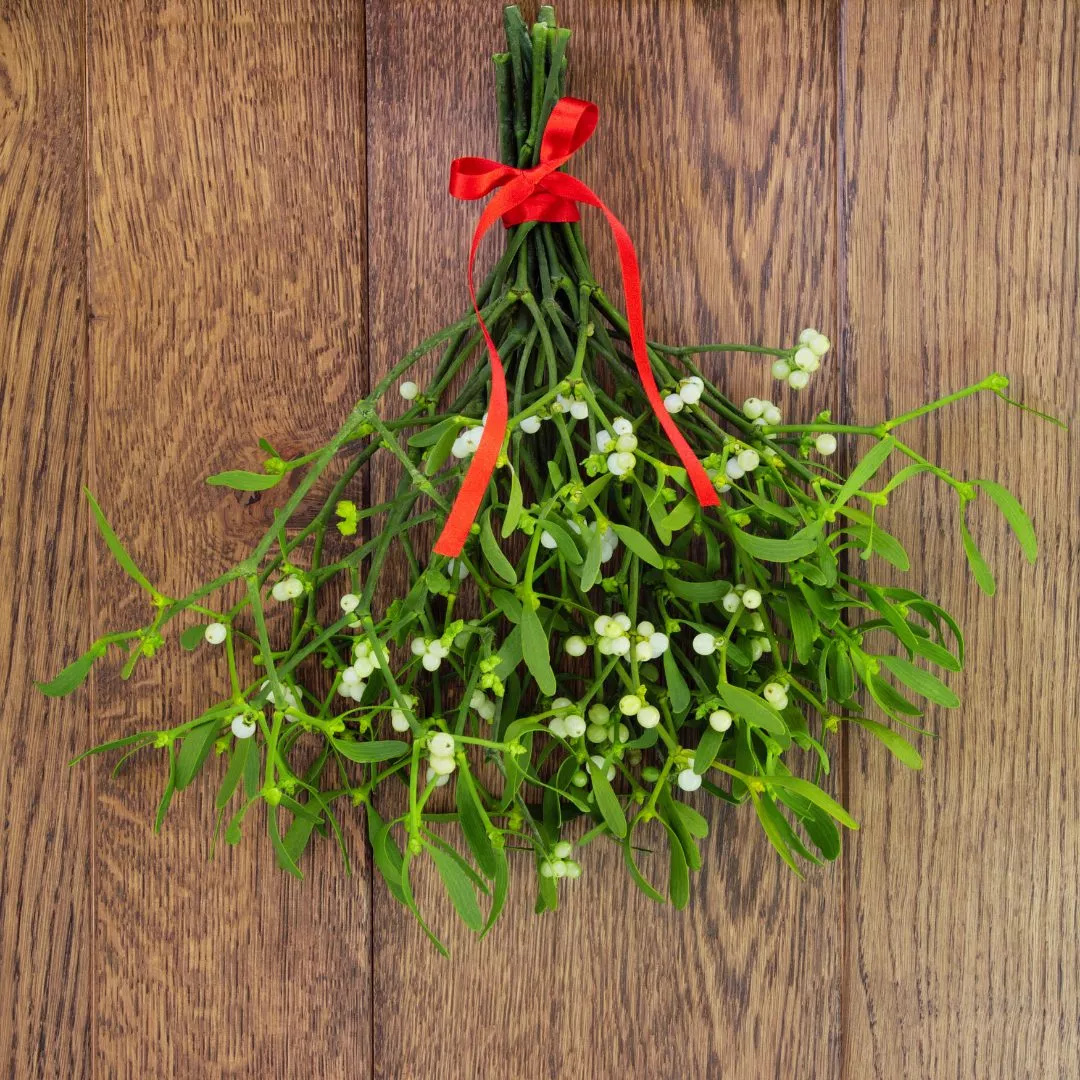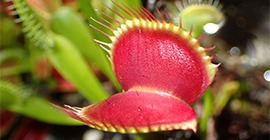Read on to find out how to grow your own mistletoe in your very own garden. Mistletoe is a Christmas tradition, but why have it just at Christmas when you can grow your own mistletoe? Mistletoe is beautiful in its simplicity with green shrub and white berries. It can easily be grown in your garden following these few simple steps. Here is our ‘how to grow mistletoe’ guide.
What is Mistletoe and where can it be grown?
Mistletoe, also known as Viscum Album (the most common type of mistletoe in the UK), is actually a parasitic evergreen hardy shrub that is covered in white berries throughout the winter months. There are in fact over 1500 varieties of mistletoe around the world.
Mistletoe grows in the branches of trees such as hawthorn, poplar and lime, although in the UK the most common hosts are cultivated apple trees. Despite growing on trees, mistletoe is not generally found in a woodland setting, preferring hosts in open situations with plenty of light. Although mistletoe is a parasite, it will not kill a tree but it will affect a trees growth and harvest yields. So although mistletoe will not harm the trees in your garden, it can weaken them.

Using the berries of your Mistletoe to grow more Mistletoe
The best time for cultivation is in February or March. If you have stored your berries, you will need to rehydrate them by putting them in a bowl of water overnight. They won’t go soggy, they need the hydration for the steps below.
- Firstly, select your host tree (apple, lime, poplar or hawthorn) or shrub (most of the Rosaceae family are also suitable).
- Squeeze the berries into a container/bowl, one at a time, so that a sticky jelly-like substance emerges containing black seeds. It is safe for this to be squeezed between fingers, just be sure that hands are washed thoroughly afterwards.
- Spread the jelly-like viscin, complete with the seeds, onto your chosen branch. Do this over three or four young branches, which should be between 5-10cm in diameter. Choose branches away from the center of the tree. Aim as high in the tree as you can for maximum exposure to light, and avoid the trunk.
- Label the branches on which you have spread the seeds, this may also help to deter birds. Mistletoe is spread by seeds, so birds naturally spread these when feeding on them.
- Leave to germinate, which should happen in March or April. Some will be eaten by birds, but hopefully enough will have been planted to ensure some success.
- Now we wait.
- If you didn’t buy any mistletoe this year, you can buy seeds in a ‘Grow Your Own’ type kit, but it is far more fun using your own. Ask your friends if they have any Mistletoe left over from Christmas.
Once germination has occurred growth will be slow and it may take up to 3 years before the plant even develops leaves. From year 4, growth accelerates and branches will develop and finally in year 5, berries should




